As the Tide Comes In (Før stormen, 2023), cirected by Juan Palacios, together with anthropologist and co-director Sofie Husum Johannesen, had its premiere in Greece during the 26th Thessaloniki Documentary Film Festival, after passing through the IDFA and Göteborg festivals and will soon be the opening film of the Swiss festival Visions du Réel. The director’s third documentary, produced by Elk Film, with the support of the Danish Film Institute, New Danish Screen and TV2 Denmark, is a work where Palacios does not let us breathe for a second outside the sensation of isolation, where the contrast between the spontaneous candor of his protagonist and the claustrophobic everyday life on Mandø island transmits a notion of time standing still, which we feel at the same time paradoxically threatening, as the destroyer of a way of life, inexorably destined to extinction.
The uncertain danger would materialize in a tide that can sweep and annihilate, as already happened in 1634, but that would simply represent the shortening of an agony in which the inhabitants of Mandø have settled for decades, more or less consciously. Time in suspense, represented by the director visually through various resources such as those ambivalent infinite skies, is evident even in the longevity of one of its inhabitants, in the spare coffins waiting in the church, in case of need, and also, even in the stony callosity of some hands that turn the sole in the pan without burning. In the end, Palacios and Husum Johannesen will convince us that it is simply a different sense of time, generational and geographical, in which the wait for catastrophe is as tense as it is ignored.
Beyond data, statistics on tides and climate change, political statements or interviews with talking heads, this documentary speaks to us with the most effective visual fluency and naturalness, without losing that feeling of scrutinizing through a peep hole the corners of the human landscape of an island of eight km2, in the open sea in the Danish Wadden. This corner of the world heritage, recognized by UNESCO, is located in a tidal zone of the North Sea, where its 27 inhabitants live at the mercy of the weather and less and less, also because of them, of ornithological tourism. Gregers, the youngest inhabitant of Mandø, introduces us to a landscape of infinite and changing skies, where he plays the role of a stubborn Sisyphus protecting the inevitably decaying dikes, without losing hope for a benevolent future.
During his visit to Thessaloniki, we had the opportunity to interview Juan Palacios over a fine dinner, another of the pleasures that the Greek city offers us, after the colloquium that followed the enthusiastic reception to his documentary.
Five years have passed since the premiere of Meseta, how did the project of As the Tide Comes arrive to you?
It’s only now that you mention it that I realize it’s actually been 5 years! Meseta had its world premiere at CPH:DOX in Copenhagen. Andreas Dalsgaard, producer of Elk Film, came to the premiere and liked it very much. A year later I received an email with such a crazy title as Meseta en el mar. In it he proposed me to make a film about a small Danish island in the Wadden Sea, Mandø, in a similar tone and style to my previous film.
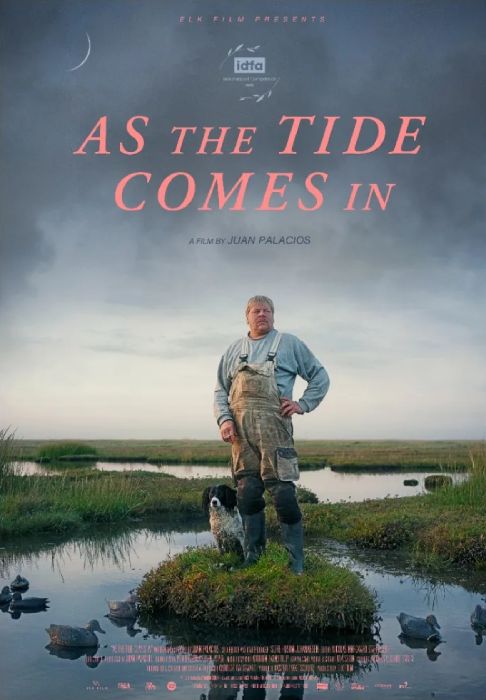
What is the connection between the two films, if any?
Although the reality portrayed in this new film, which deals with an island threatened by the consequences of climate change, is quite different from the reality of Meseta, which is an exploration of empty Spain, there is a connection between them. Both films are an investigation of a place and its situation. Everything is built on a territory that in reality could be said to be the main character. In both films great importance is given to the atmosphere and sensorial aspects of the landscape, which for me is a way of bringing to the forefront non-human elements of the place that are often relegated to the background.
You co-directed with visual anthropologist Sofie Husum Johannesen, how did you distribute the work, did she prepare the material beforehand?
In the research process Sofie spent a couple of weeks alone on the island, without a camera, getting to know each of the residents in depth and collecting their life stories. This work was essential for the film, as it served as a basis for exploring the cultural and emotional landscape of the island. From all this anthropological research, we extracted the personal narratives that resonated most with the issues and the situation facing the island.
Was she also involved during the filming?
Sofie was also indispensable in this phase, firstly because my Danish is very poor, so she was my translator. On the other hand, to reach the degree of intimacy we wanted to achieve with the characters, the team had to be very small, so let’s say that the two of us were quite “all-rounders”. Most of the time it was just me and her, and sometimes we had an assistant. In general I have been more dedicated to the art direction of the film, to writing it and to orchestrating the filmic space-time in which the characters of the island, both human and non-human, intertwine.
How long was the filming and how many times did you have to visit the island?
We start in 2020. In a film like this, the writing, shooting and editing happen almost simultaneously, or at least that’s how I like to work, because it’s not a film where the starting point is a clear story that goes from A to B. In fact, the story is something almost secondary that serves us more to explore an atmosphere of waiting. It serves us to speculate about a storm that potentially, according to scientists, could cause the island to disappear. The characters in the film have a minimal narrative arc. Precisely because the island’s situation, its reality, is that of a kind of limbo in which little changes. We finished shooting and editing in April 2023. I was on the island 15 times and each trip lasted between 3 days and 3 weeks.
Gregers, the farmer protagonist, participated in a television program when he was a child and you recover the images in which the little boy, naively, reveals his dreams of the future. In his maturity, he tries to become a contestant on the reality show Farmer Wants a Wife, which is the recognition of a failure. Both situations also mark the passing of time in this small community, just as you show the birthdays of the old lady Mie.
As I said, the characters’ stories evolve very little in the film. But with such a sparse narrative, “little” things like turning 99 and later 100 become major milestones in the film, which also mark the passage of time. Gregers is the character with the most internal movement. When we came across that 90’s show in which he expresses that he would like to be a pilot and fly off the island like a bird we were very excited because of how beautiful the dream is, but also because none of that has been fulfilled. Quite the opposite. He is the only young person who stayed to live on the island. He is 45 years old while the rest of the islanders are over 70. It is a love/hate relationship he has with the island because on the one hand, when he was young he wanted to leave. However, he inherited his parents’ farm and never moved from the island. But on the other hand he is the king of Mandø, its guardian, that whole world is part of his identity and he carries it with a lot of pride. I don’t think he could live anywhere else at this point.
How did you generate dramatically the interaction between the characters? What degree of spontaneity was there, for example, in the conversation about the full moon sickness or the neglect in which the government keeps the island?
The interactions between the characters are born from the observation of their daily life. From there we generate situations that, although they are interventions on our part, all of them belong to their reality. During the writing and filming, it was more about planning very calculated situations so that there would be spontaneous interactions between the characters. In these conversations there was always a character who knew more than the other, our ally let’s say, who understood what we wanted to achieve with the scenes. This character helped us to initiate or channel certain conversations. In the case that for technical and formal reasons we had to focus on one character, we always chose the one who knew the least, because he/she would be the one who would react more spontaneously to the situation or the conversation.
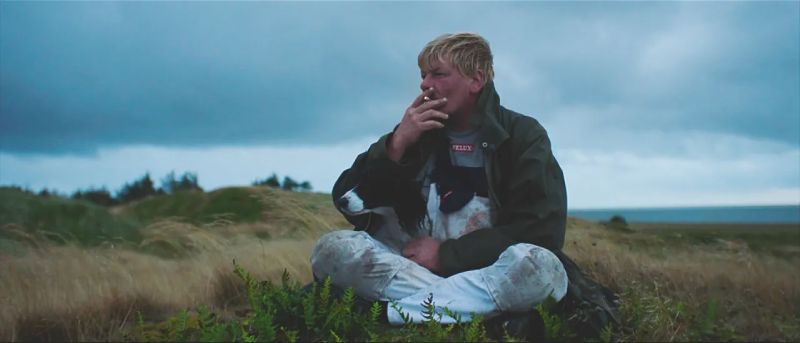
As the Tide Comes In (Juan Palacios, 2023).
In the case of full moon syndrome, the two women talking in the store suffer from the condition. We shot the scene during the new moon, because it affects them almost as much as the full moon and because in the film, at that time, we have seen the new moon in the sky. This meeting in the store happens almost every day; Ingeborg goes shopping, Ellen serves her and they chat about everyday things. Knowing this, we created the conditions to shoot the scene in the tone we wanted.
In the case of the conversation about the neglect of the government, it is all shot in one shot. They are at the farm gate, in a pause having a coffee and smoking a cigarette. Something that happens a few times every day. It’s a very long conversation in which Søren, our ally in this case, pulls Gregers’ tongue out on a subject that we know particularly irritates him. Søren simply adds fuel to the fire. In the end we take the part of the conversation that we find most interesting.
What were your stylistic references, besides your choices for Meseta? What specifically came up for As the Tide Comes In, where the shots are immense and the use of color is significant, so coherent with the narrative?
Thank you very much. For example, the idea of shooting in anamorphic format, which I had never done before, came after the first trip we made to the island. I quickly realized how flat, vast and lonely this landscape is and how the scope could help emphasize these aspects. Except for the sunniest parts of the summer with the tourists, we were always looking for twilight hours to shoot, if we were lucky with fog, which in my opinion creates a certain liminal atmosphere, like a kind of calm before the storm. I think that all the sound work of Peter Albrechtsen together with the natural elements that we filmed, such as the different phases of the moon or the tide that we see rising little by little, are not only marking the passage of time but also a crescendo of intensity that culminates towards the end of the film.
We continue chatting with Juan Palacios, who currently lives in Amsterdam, about his imminent participation in Visions du Réel and also about the locations of his next film in the Basque Country, where he will shoot his next film in the summer, a science fiction hybrid, and we look forward to a new conversation with a director whose career we follow with growing admiration.


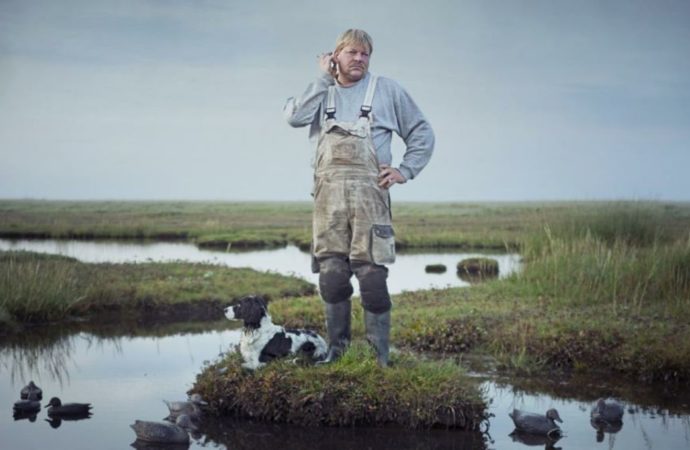
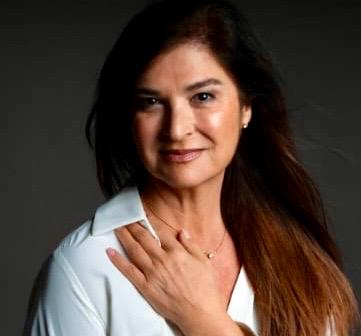


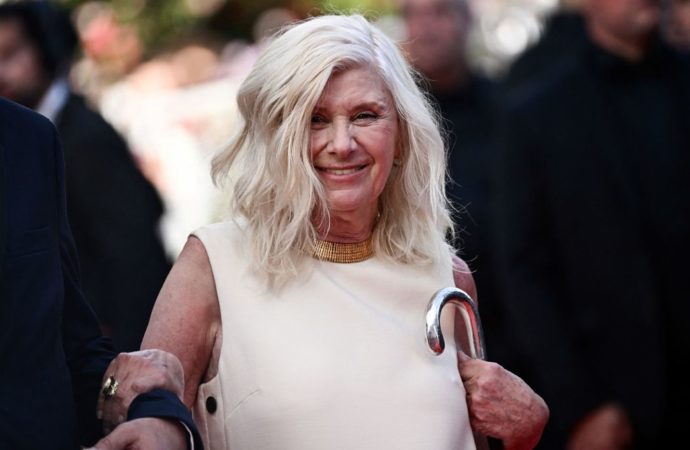
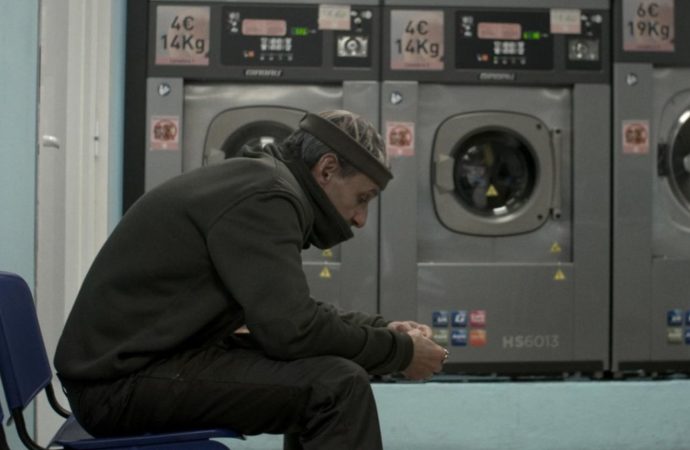
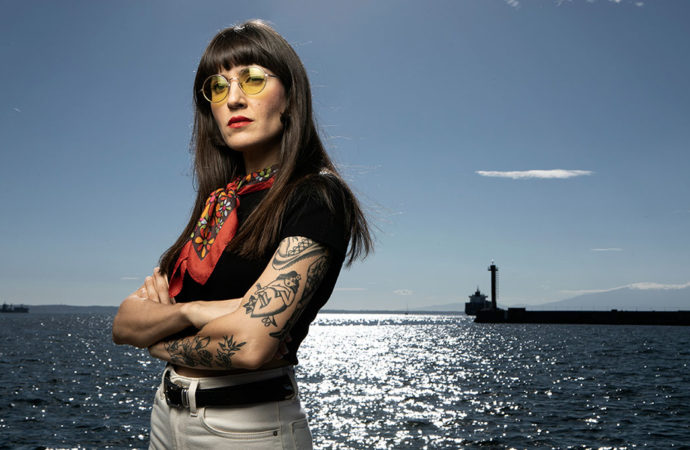

No one has posted any comments yet. Be the first person!